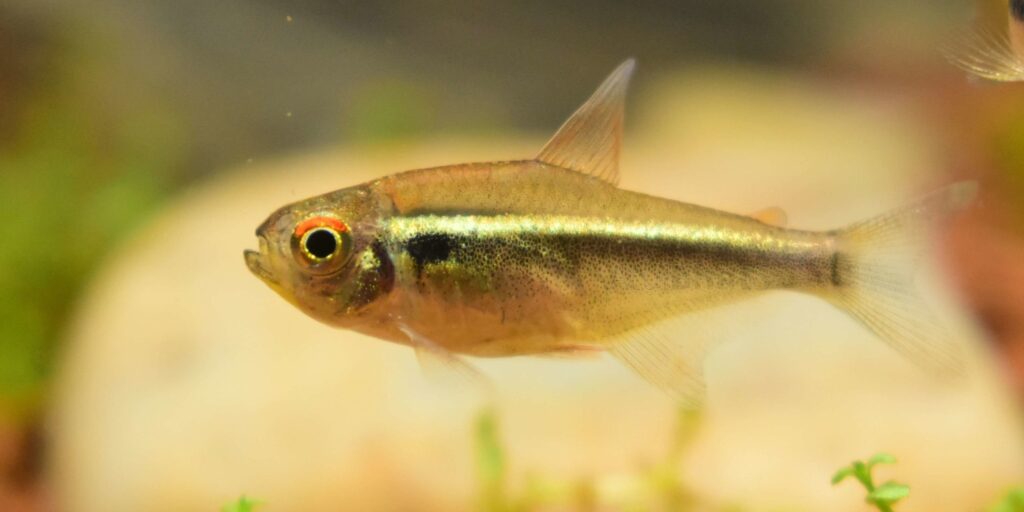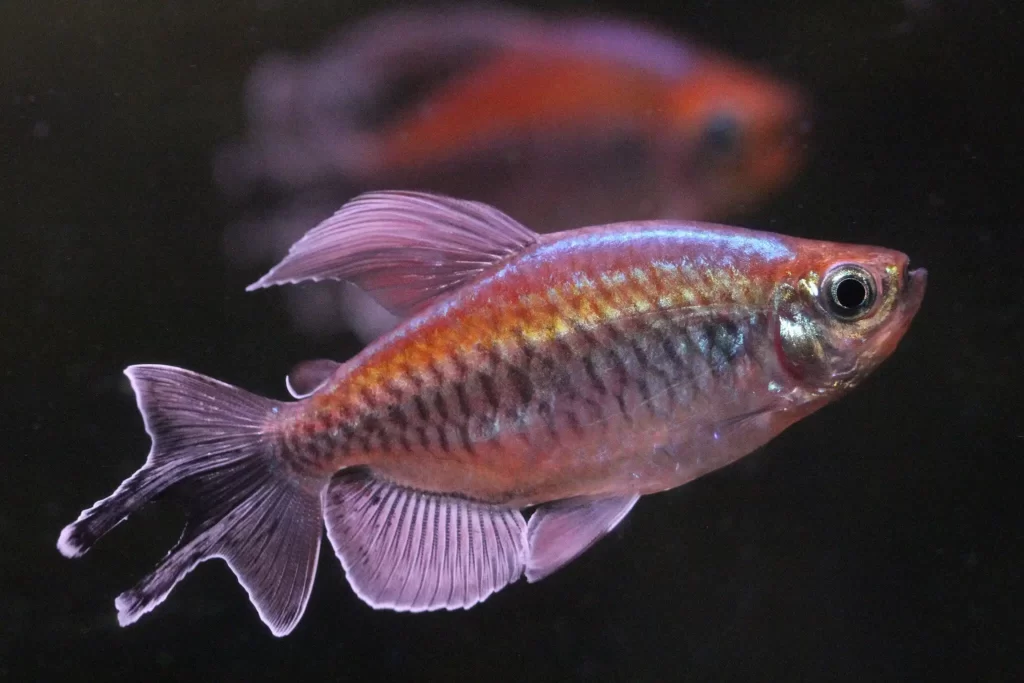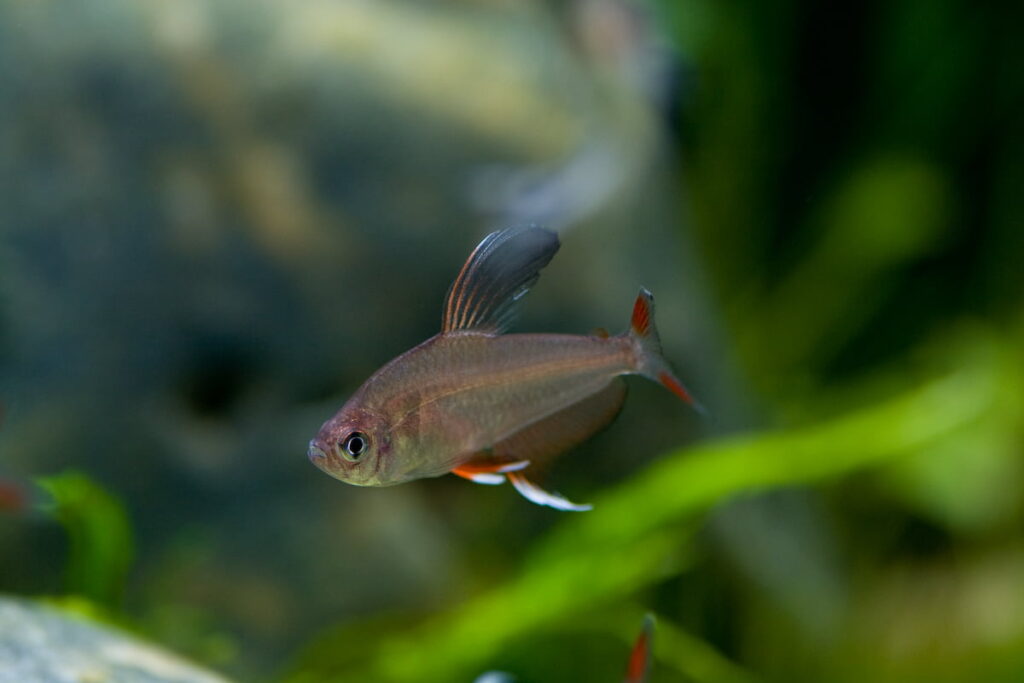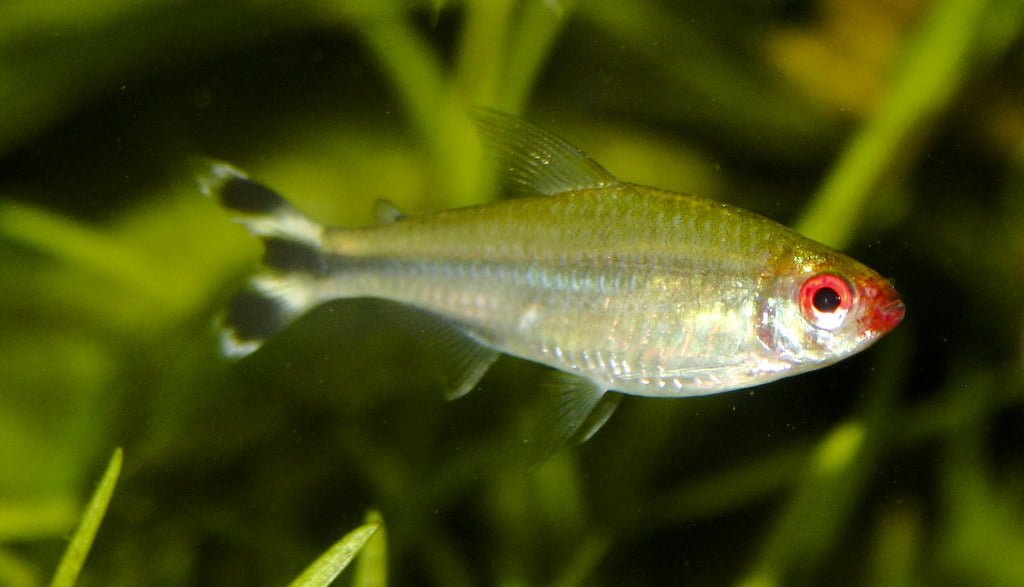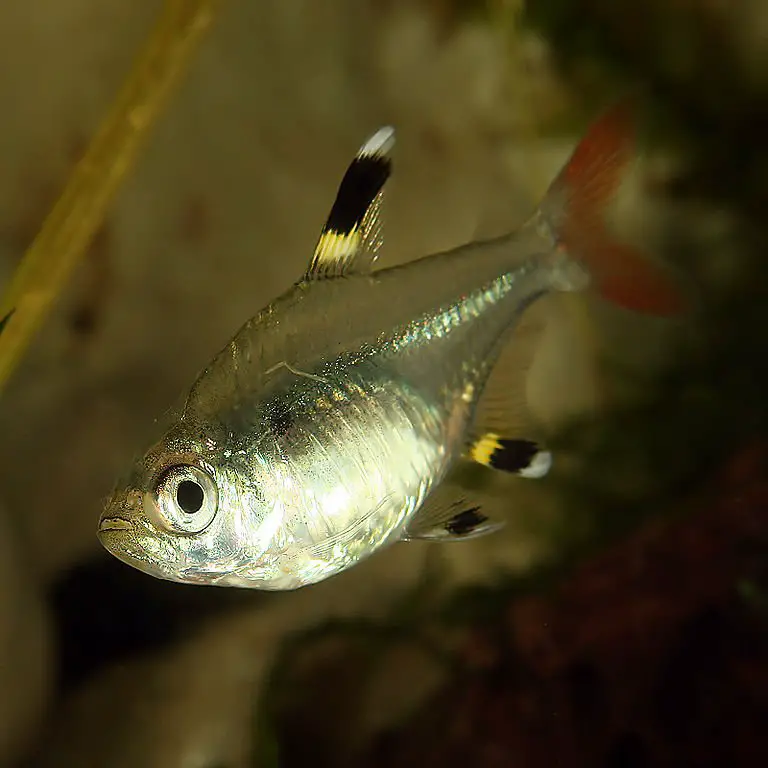Almost every fish keeper has stumbled upon any kind of tetra in their fish-keeping experience. This is because of the variety and popularity of tetras in captivity rather than in the wild. Tetras are also hardy fish; hence most of the aquarist trend to keep this fish on their beginning of aquarist carrier. Tetras are small freshwater fish originating from Africa, Central America, and South America.
There are more than 150 species of tetras that are either found in wild or are the hybrid of the original ones. Some of the most common tetras that fish-keepers keep today in the aquarium are neon tetras, cardinal tetras, blue tetras, etc.
Tetras are famous for their hardiness because most of them can adapt to a wide range of water parameters. These are ideal beginner fish, and fish-keepers use them for cycling the aquariums to reduce the nitrate levels.
In this section, I am going to discuss how hardy tetras can be in your tank. Also, how easily you can breed them, suitable tank mates, and suitable water conditions for them to thrive.
Proper Water Condition
Although tetras are hardy fish, you must maintain certain water parameters like temperature, pH, hardness, and chemical concentration at all times. What makes tetras, hardy fish is that you can maintain these parameters quite easily. Thus, there is a slightly less chance that your tetra fish will die of your irresponsibility.
Temperature
As all of the tetras are tropical fish, they require a slightly warmer temperature to thrive. The adequate temperature is about 72-78 F. This temperature is effortless to maintain as most of the heaters available in the market come with a temperature dial and do all the work for you.
The only thing that you must do is to prepare a backup in case of a power cut off.
pH And hardness
Most of the tetra species thrive in neutral or slightly acidic water, so you must maintain a pH of about 5.5 to 7. Maintaining this slight acidity in the water is quite attainable because all you have to do is place driftwood or peat-moss in the tank.
The water in the tank must be relatively soft at about 4-8 dKH. This is because it resembles the water in their natural habitat.
To reduce the hardness of the water, you can use peat-moss, driftwood, and certain chemicals available in the pet store that removes minerals from the water, making it soft. So, using peat moss and driftwood helps maintain both pH and hardness.
Chemicals Concentration
The chemicals like nitrite and ammonia should always be equal to 0 ppm. The increase in their level can make tetras lose color and breathe rapidly. The nitrite level, however, can be less than 40 ppm but not necessarily equal to 0 ppm.
The elevated levels of these chemicals can be controlled quite easily as all you need to do is perform frequent water changes and plant a lot of aquatic vegetation.
Preferable Tank Mates
The perfect tank mate for a tetra is another tetra either of the same or different species. Tetras also do quite well with livebearers like guppies and mollies. You should never place tetras with aggressive and big fish like flowerhorn, cichlids, etc.
While choosing the perfect tank mates for tetras, you should always consider the size. Small (0.7 inches), medium and large tetras (2.5-3 inches) must be placed with fish corresponding to their size. A bigger fish will devour on the smaller ones, and you must always consider that.
Small tetras like ember tetras are so small that the best tank mates for them are fish of their species. Fish bigger than them will try to dominate them show territorial behavior, so they must be placed with any fish similar to them.
Midsize tetras like neon tetras do well with platies, guppies, and mollies. This combination maintains a very social environment with no territorial brawls.
Feeding The Tetras
Tetras enjoy almost everything that you throw at them until you have crushed it finely and fits their mouth. These fish like flake foods and pellets, and you can give it to tetras every day. Occasionally, treats like blood worms and shrimps must be thrown at them. This ensures that they remain satisfied with the way that you are treating them.
Problems With Tetras
Although tetras are hardy fish, there are difficulties in keeping them considering various factors like breeding and the disease they can get. The problems that a tetra fish-keeper might face are common, and I have discussed them below:
Breeding Tetras
Unlike keeping and feeding them, breeding tetras is quite difficult, and you must be very careful with the water condition. Even a slight change in the water parameters can lead to the fish losing their fertility and being sterile.
Keeping the conditions perfect for tetras is very important. Because if they are in a harsh environment, then their first priority will be survival, not a reproduction. So, you must maintain a healthy diet for the tetras by giving them flake foods and pellets. You must feed them live foods like blood worms and shrimps occasionally as treats.
The most challenging part about breeding them is pairing the tetras. For this, you must separate the male and female from the community. Then place them in a breeding tank where the temperature is slightly warmer, and the conditions are perfect. In the breeding tank, you must carefully pay attention to the behavior of the fish. If they are aggressive towards each other and are not ready to mate, then you should change the pair immediately.
Finally, after pairing, these fish will be ready to mate, but for this to happen, you must insert plants with fine leaves. This is generally where the tetras will lay their eggs, and after the eggs are laid, you must separate the parents from the eggs.
Relatively, this process of breeding tetra is challenging as compared to other fishes that breed in the same tank where they live.
Neon Tetra Disease
Neon Tetra Disease commonly affects Neon Tetras and most of the other tetras also. There are several cases which indicate that NTD affects other fish also. Pleistophora hyphessobryconis causes NTD, and it affects healthy fish when they consume the dead bodies of other fish already affected by the disease. If you have a tank of tetras, there is a high chance that despite all the sanitary measures you take, your fish will get NTD.
Conclusion
To sum it all up, we can say that tetras are hardy fish. But there are certain aspects that you need to monitor very precisely. These fish can get tricky when it comes to breeding them and can catch the Neon Tetra Disease very easily. On a scale of 1-10, 10 being hardy, and one being the most difficult to care, you can rate tetras as 8.
I think I have mentioned all the aspects that make tetras the most common and popular hardy fish.
